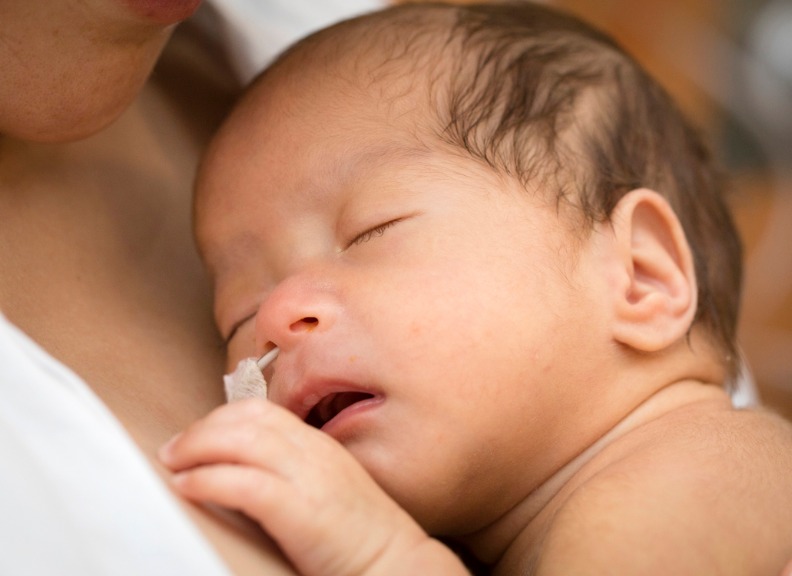
-
Highlights
-
Governance
-
Chancellor
-
Vice-Chancellor
-
Executive
-
History of the University
-
Schools
-
Campuses
-
Complaints
-
Official publications
-
Communications and marketing
-
Working at UWA
PROJECT
Predictive value of bedside lung ultrasound in premature babies
Using lung ultrasounds for preterm babies with bronchopulmonary dysplasia
Bronchopulmonary dysplasia is associated with scarring and inflammatory changes within the lungs that may be slower to appear on conventional chest X-rays.
However, a lung ultrasound is a potential supplemental bedside tool that is simple, quick, non-invasive and well tolerated by even the smallest of babies.
Lung ultrasound performed in the first week of life may be more sensitive in recognising the changes associated with evolution of bronchopulmonary dysplasia and potentially provide additional evidence to direct therapeutic interventions.
Through our lung ultrasound study in preterm babies, we will examine 100 babies born at less than 28 weeks’ gestation, and who are admitted to King Edward Memorial Hospital Neonatal Intensive Care Unit.
To assist with our research, we have received funding from the National Health and Medical Research Council Centre of Research Excellence Preterm Infants, Channel 7 Telethon Trust, and the Women and Infants Research Foundation.
Through our research, we aim to:
- determine the predictive value of lung ultrasound in premature babies with respiratory distress and evolution of bronchopulmonary dysplasia
- correlate lung ultrasound features with concurrent respiratory status and need for oxygen and short term outcomes such as predicting early successful extubation (removal of breathing tube)
The lead researcher on this project is Dr Patricia Woods, a Consultant Neonatologist at King Edward Memorial Hospital and Clinical Senior Lecturer with UWA. Clinical Associate Professor Andy Gill from UWA’s Medical School is assisting. Both researchers are consultant neonatologists at King Edward Memorial Hospital and teaching faculty of the Australasian Society for Ultrasound Medicine.
Related links
Contact Dr Patricia Woods



































